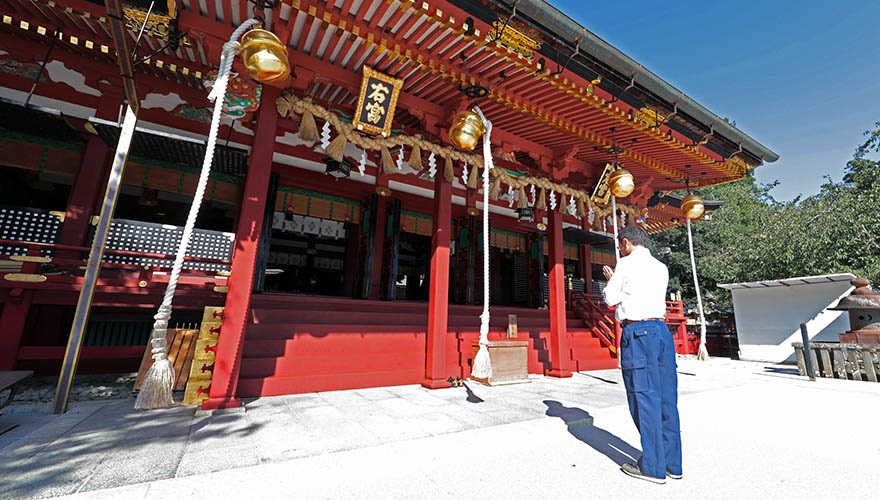December 2016
Shiogama, in Miyagi prefecture in Northeastern Honshu, is one of Japan’s busiest fish cities. Its economy is largely based on commercial fishing and processing. The city also has the highest number of sushi restaurants per citizen.
When the 2011 the Tōhoku Earthquake and tsunami hit the east coast of Honshu, it threatened to destroy not only the livelihoods of the surviving communities, but also their identity. But for one man, the disaster would inspire his resolve to restore fishing in the area.
Kenji Matsunaga had been living in Shiogama since 2008. He was the chief executive of a seafood processing company, Meiho Co.Ltd. In August 2011, he got an emergency call asking if he could help a fishing boat to land in the city's port.
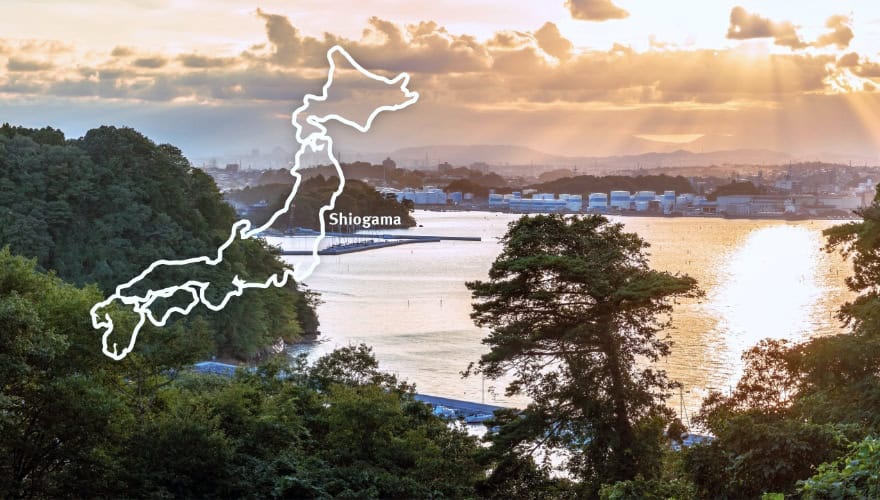
Shiogama port © MasaoTaira
Saving skipjack
The boat had set out before the earthquake in March and was now stranded with its catch. Its intended base was Kesennuma, 80 KM north, but the port there had been destroyed.
Mastunaga’s own business had been affected by the quake and tsunami; the ground had sunk 30cm at his factory’s entrance and fish was in short supply. Furthermore, he wasn’t equipped to land the boat’s skipjack tuna catch, but he accepted the responsibility.
He had just 48 hours. So, he called a colleague 500km away, who drove the necessary gear to Shiogama. They then spent a whole day setting up.
By the time the boat reached Shiogama, everything was in place and due to Mastunaga's decisive leadership, a massive 300 tonnes of valuable skipjack was saved.
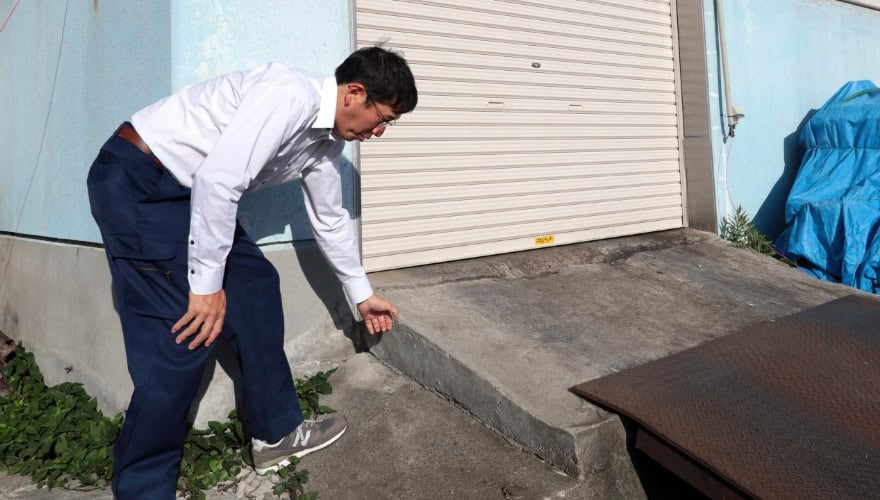
Kenji Matsunaga at his factory entrance showing the effects of the earthquake
Incredibly, out of catastrophe came hope. The success of the landing operation inspired Matsunaga, who had already been thinking of starting his own fishery. Having brought tuna in at Shiogama, he could see a future for his business and the region.
A new fishery
Japanese law limits the number of fishing vessels in operation at any one time, so Matsunaga had to wait for someone to give one up. He eventually bought a boat from Kyushu but was keen to register it in Shiogama as a sign of his intention to revitalise the local industry after the tsunami. In 2012 the newly named 'Meiho Maru' signalled the birth of a new fishery.
Having experienced procurement problems in the past, Matsunaga made sure his new venture was driven by another principle: sustainability. If he was going to fish for tuna, there had to be a consistent supply – forever.
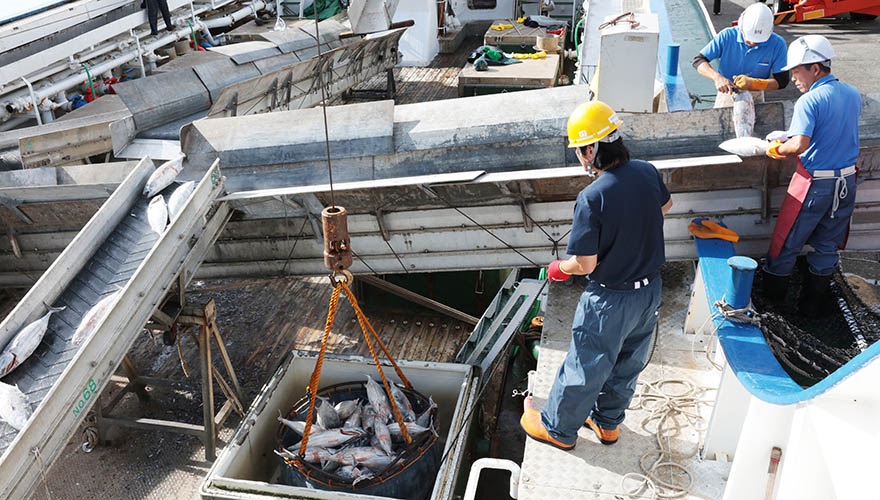
On 8 June 2013, Meiho Maru made its first landing of pole-and-line caught albacore tuna in Shiogama. In 2015 Matsunaga entered the fishery for assessment to the MSC Fisheries Standard. In 2016 it was independently certified. It was only the third fishery in seafood-loving Japan to gain this global recognition.
Always with his eye on the big picture, Matsunaga also entered the Meiho processing company for auditing under the MSC's Chain of Custody Standard. Now the business is certified too and part of a traceable global supply system for sustainable fish and seafood.
Since then the Meiho tuna has gone on to be launched - with the MSC blue label attached - at Aeon, Japan's largest supermarket chain.
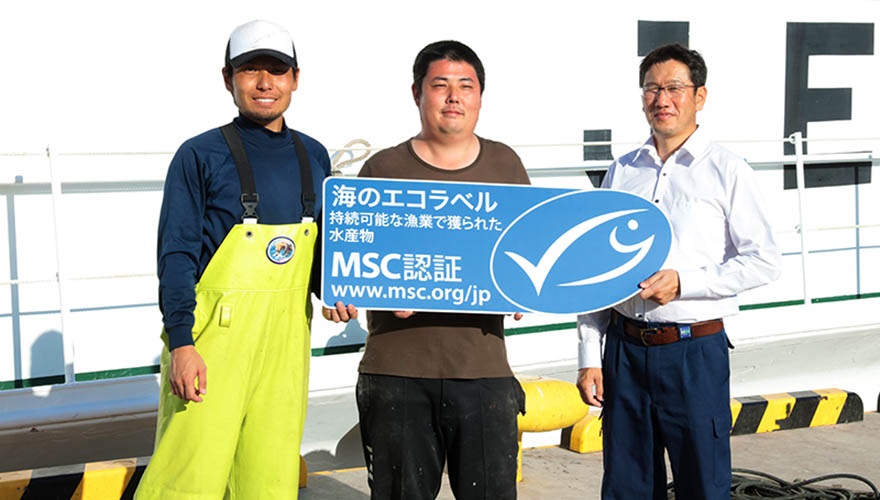
“I want to make the Meiho Fishery and Meiho Co. Ltd. symbols full of hope and inspire more of the young generation.”
